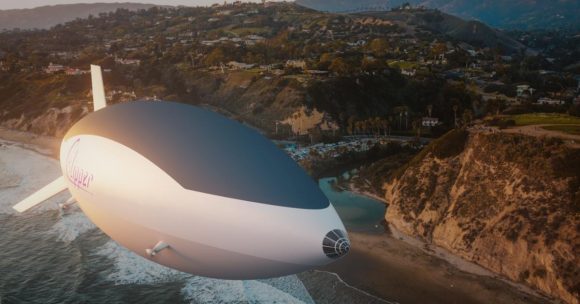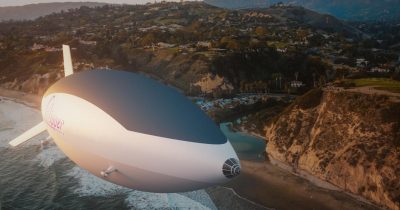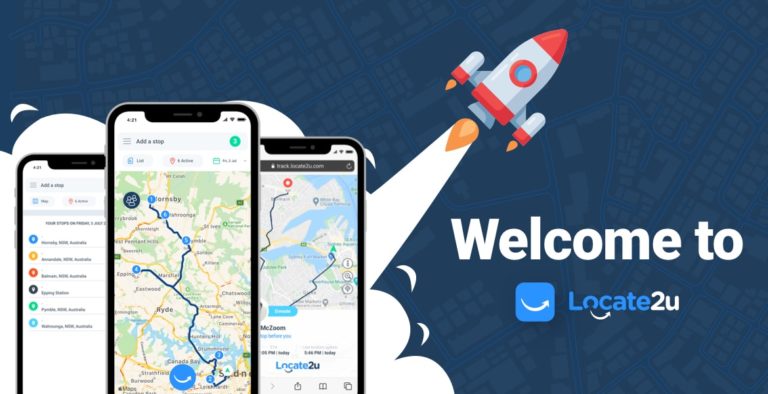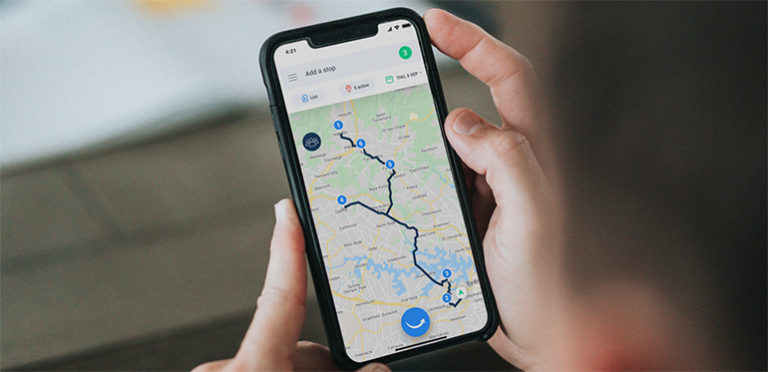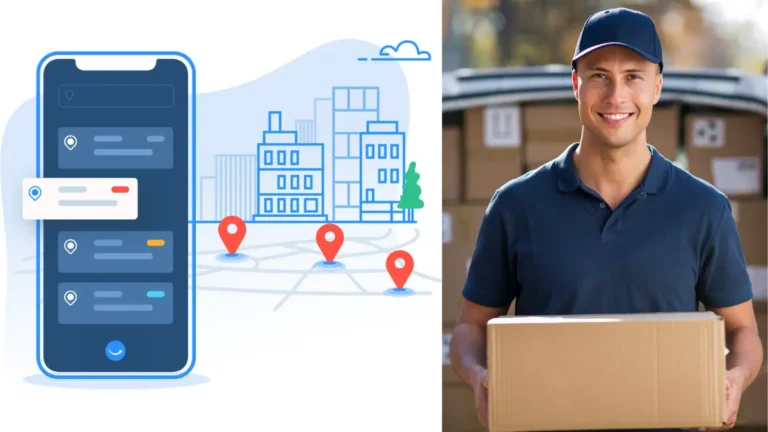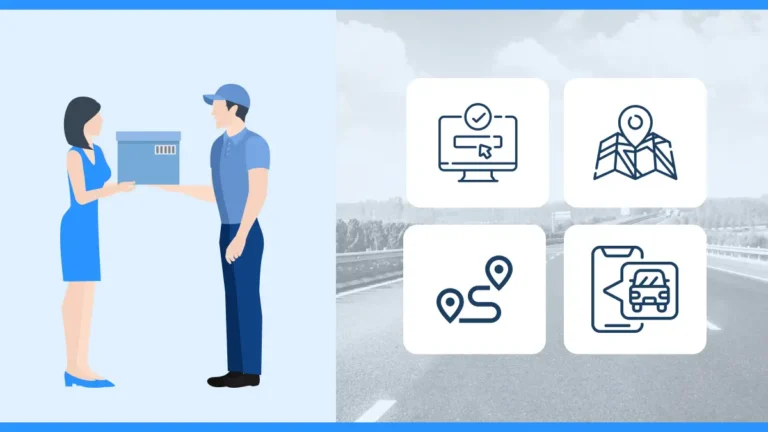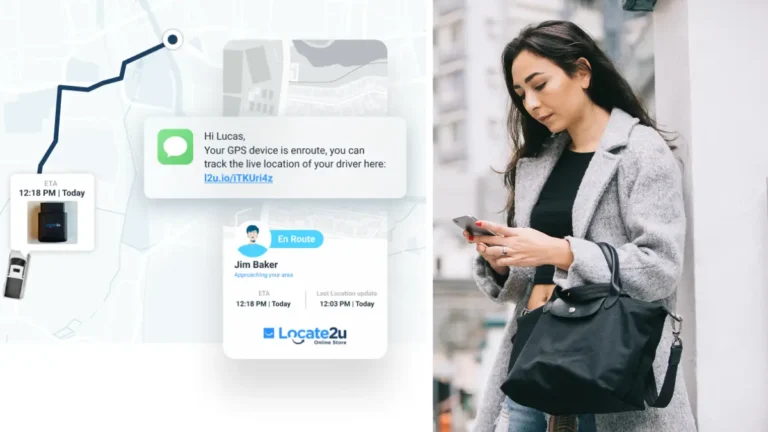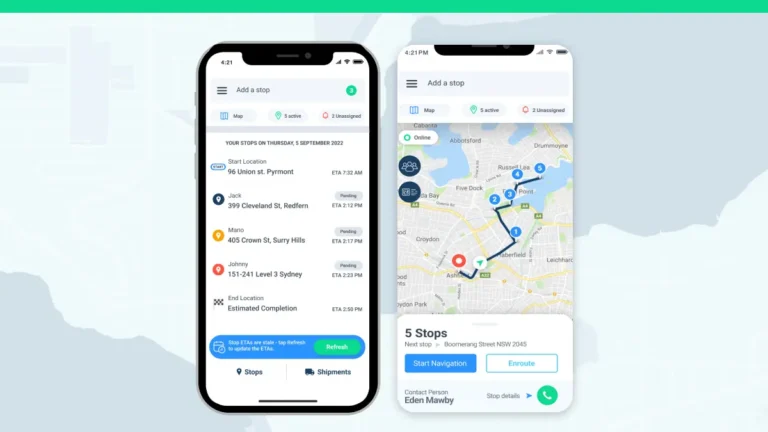H2 Clipper (H2C), an alternative energy and aerospace company, has just been awarded a US patent for its innovative “warehouse in the sky” concept for delivery.
This cutting-edge system integrates advanced aerial drones to revolutionize logistics operations. The company offers precision in pick-up and last-mile delivery, catering to various applications ranging from commercial and consumer needs to critical humanitarian efforts.
Drone innovation has been a topic of great interest in recent months. Last month, the world’s first cargo drone airline, Dronamics, secured a funding agreement with the European Innovation Council with an equity investment of $10.8 million. At the same time, DoorDash has partnered with Wing to offer fast home delivery.
H2C has an innovative transportation solution
H2C was founded in 2011 by Rinaldo Brutoco. It was awarded its first patent, “system, method, and apparatus for widespread commercialization of hydrogen as a carbon-free alternative fuel source,” in 2012.
With 10 patents granted to H2C, it is blazing a trail for last-mile logistics. Its other granted patents include a patent for safe hydrogen transport, docking system for an airship, and buoyancy control.
The company is on a mission to fast-track the hydrogen economy by offering innovative solutions in transportation and infrastructure. This will immediately enable the delivery of green hydrogen to the market at costs that compete with fossil fuels.
Delivery to hard-to-reach locations
The technology uses beacon-like devices or personal cell phones, enhancing drone delivery services for companies like Amazon, FedEx, UPS, and DHL, especially in remote areas. These beacons not only facilitate efficient package delivery to hard-to-reach locations but also enable the return of packages from these areas.
This capability is particularly valuable for integrating remote and rural communities into the global commerce network.
Launching drones directly from a dirigible offers a significant efficiency boost in logistics operations. This approach allows drones to utilize their full energy capacity for lifting heavier loads rather than utilizing it when traveling to and from drop-off or pick-up locations. This method ensures more efficient route management and maximizes the potential of each drone delivery.
Fast package delivery time
H2C founder and CEO Rinaldo Brutoco says: “By utilizing airships for delivery, shipments can bypass the exceedingly crowded and inefficient port facilities and airports, and eliminate the need for multiple intermodal transfers, handling steps, and ground-based facilities – minimizing delays and reducing costs.”
The innovative technology by H2C includes charging bays for aerial drones to recharge for short flights, reducing package delivery time and pick-up time on a trip.
The “warehouse in the sky” technology also includes an onboard camera – each drone can provide proof of delivery.
Fleet management
There are several reasons drones are being used for delivery. The standout has to be the speed of delivery. Drones fly above ground and are not restricted by traffic. Another factor is that labor shortages will not hamper deliveries, and they may be in flight during lunch hour when a person has to take breaks, but the drone does not.
Drones are cost-effective. Imagine a courier fleet’s fuel bill at the end of each month. The drone does not travel on roads, so the drone has less wear and tear than a vehicle. Vehicles may also be stranded at a service center for a particular problem. Car repairs can be costly. In addition, drones do not emit toxic fumes. Drones can travel above rough terrain and provide an aerial route straight to the destination.
About the author
Sharl is a qualified journalist. He has over 10 years’ experience in the media industry, including positions as an editor of a magazine and Business Editor of a daily newspaper. Sharl also has experience in logistics specifically operations, where he worked with global food aid organisations distributing food into Africa. Sharl enjoys writing business stories and human interest pieces.

